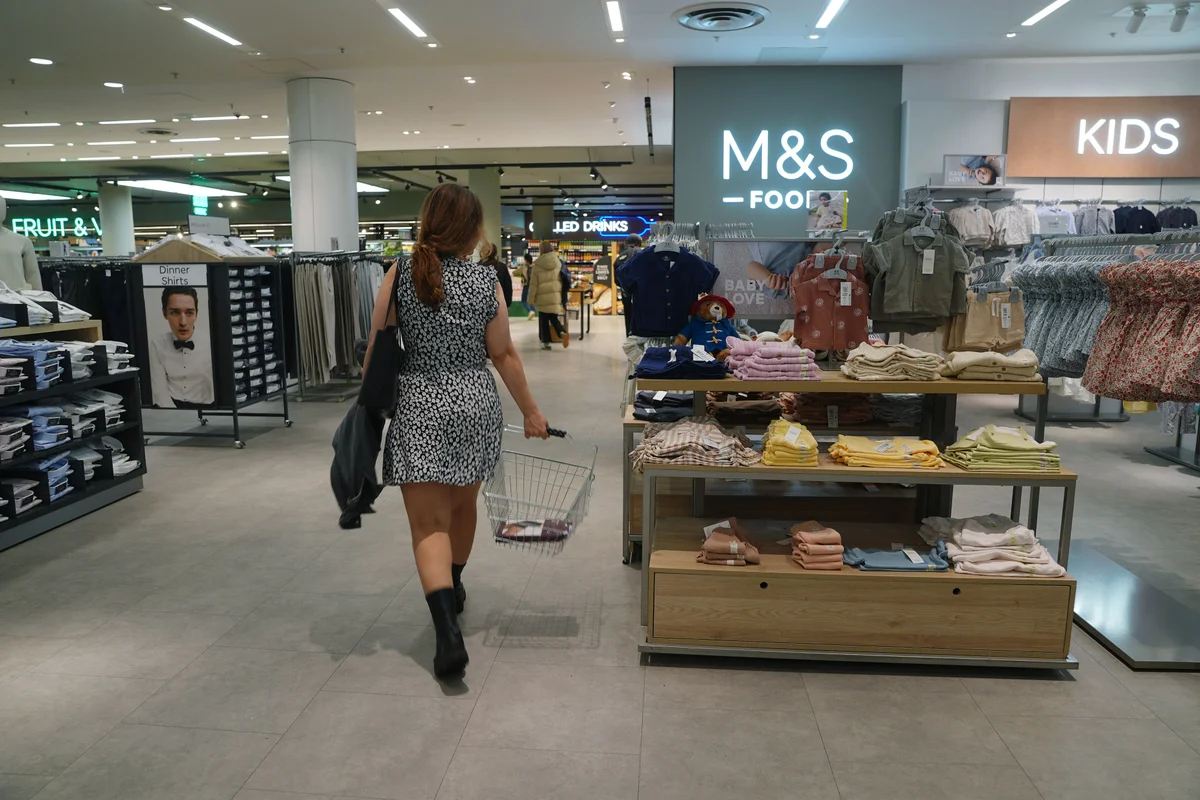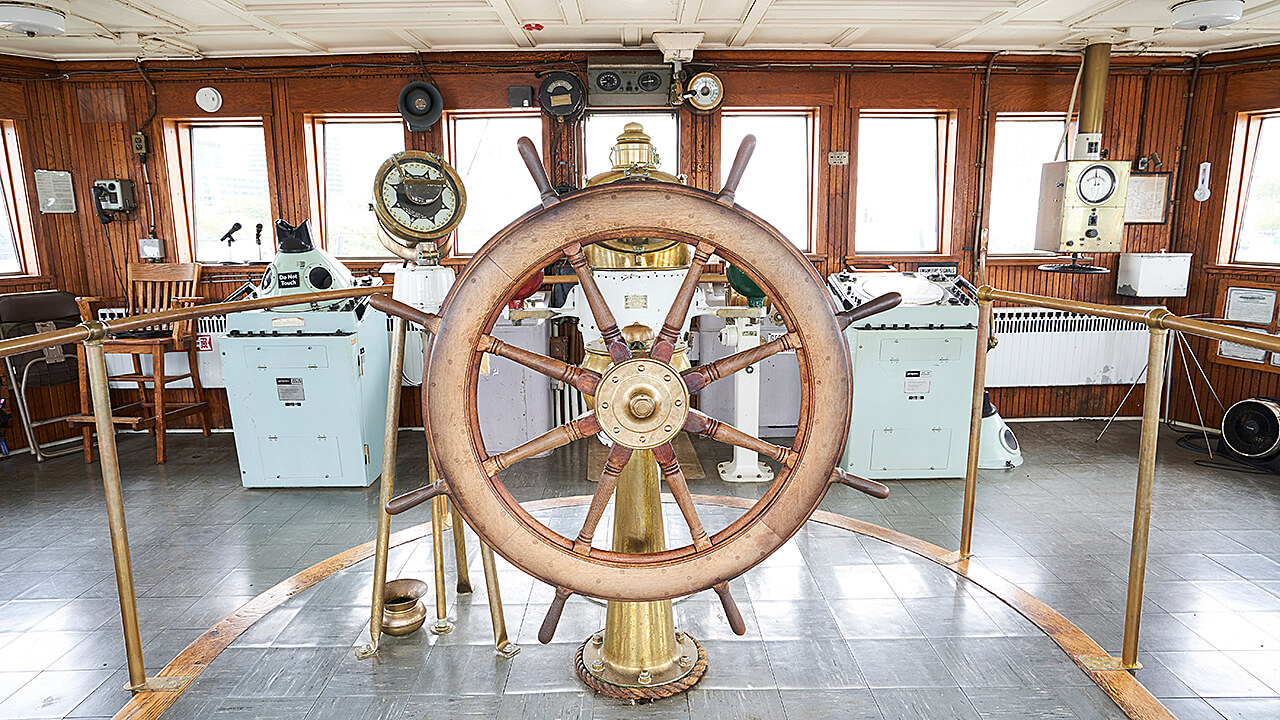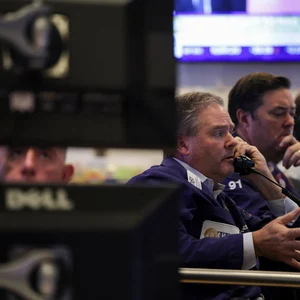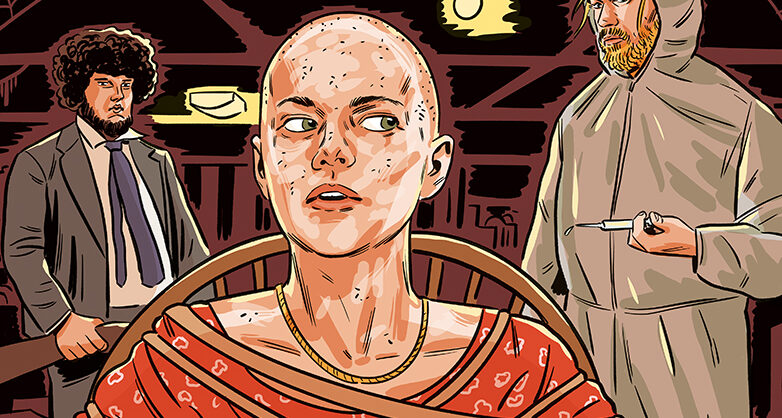Copyright The Boston Globe
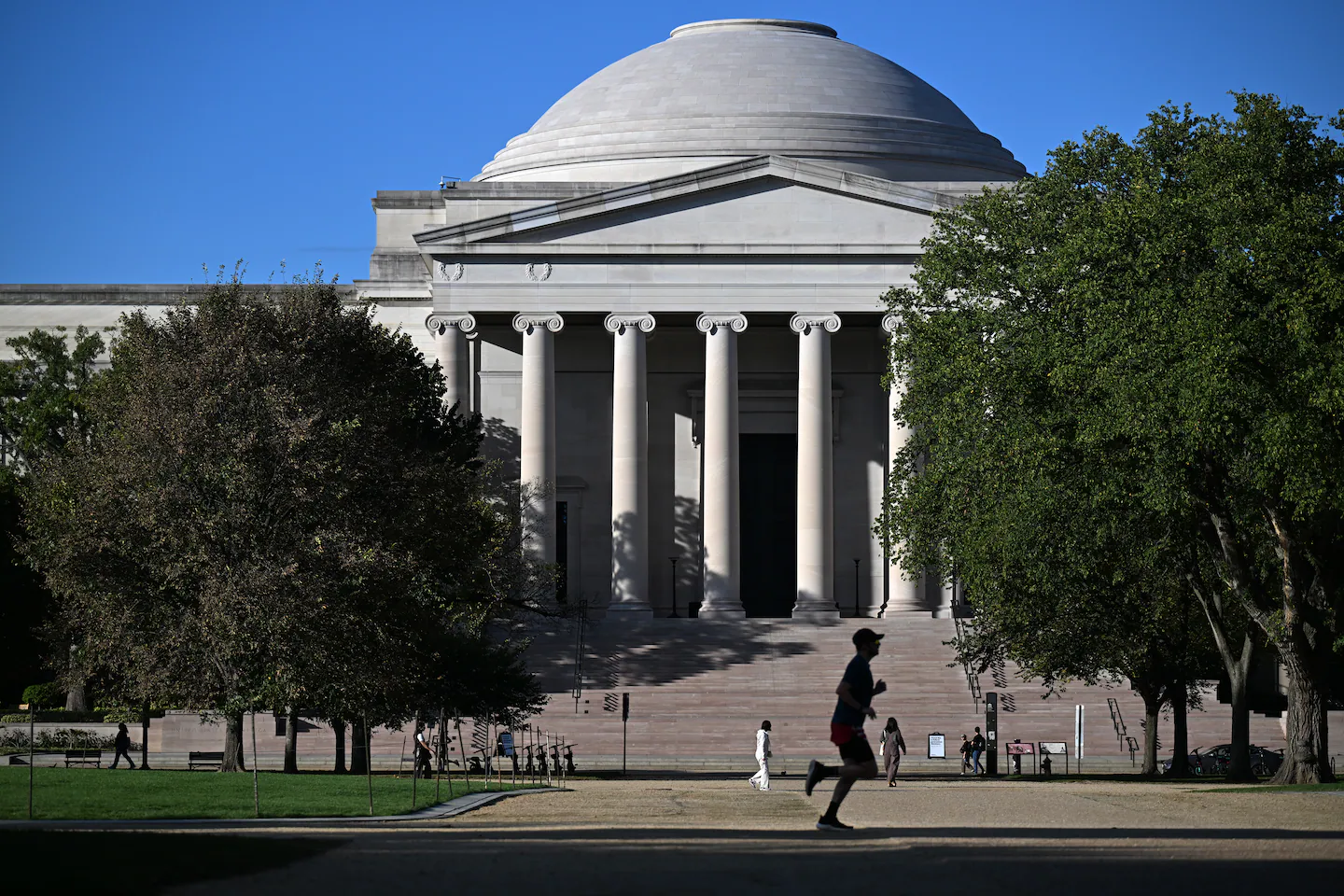
Washington’s National Gallery of Art was expected to open what it is calling the largest exhibition of Australian Aboriginal and Torres Strait Islander art outside of the continent on Oct. 18, and “the whole intention for our exhibition was to sort of ride on the coattails and shadow this major opening,” said Toby Meagher, the gallery’s managing director. They had big plans. They’d network at the NGA’s black tie dinner. They’d connect with North American collectors as they showcased their own slate of First Nations artists. They even titled the exhibition “The Stars Before Us All,” a twist on the National Gallery’s now portentous-seeming title, “The Stars We Do Not See.” Indeed, no one has seen the stars. The U.S. government shut down on Oct. 1 and the NGA, which operates in partnership with the government, closed its doors days later. The Smithsonian soon followed suit. When they heard about the shutdown, it was too late to cancel, Meagher said, so they came to Washington anyway, bringing with them Regina Pilawuk Wilson, a renowned Indigenous artist in her 70s who traveled from a remote region in Australia’s Northern territory with the hopes of visiting not just the National Gallery but also the National Museum of the American Indian, too. Both remain shuttered. Meagher said they had some success with their pop-up, reaching people they might not have had the bigger exhibition been on. Still, he said, they’re looking to open a business in North America, “and stuff like this definitely erodes confidence in the platform.” He also described a broader lost opportunity: When the National Gallery’s show opens, “it won’t open with the same intended events and enthusiasm that was planned,” he said. “It’ll open with a whimper. Not a bang.” At a time when the Trump administration is cutting arts funding and seeking to influence content at the Smithsonian, the shutdown, now the longest in the nation’s history, is adding further uncertainty to D.C.’s already rattled museums. The Australian Indigenous Art show is one of two major international exhibitions that have been derailed. The other, “Korean Treasures: Collected, Cherished, Shared,” was expected to open Saturday at the Smithsonian’s National Museum of Asian Art and is said to be the largest exhibition of Korean art in the museum’s history. Delays are especially complicated with such international shows, which take years of planning, involve dizzying layers of cross-continental logistics and are often as highly anticipated in their home countries as they are in the United States. (Both Australian and Korean media have covered the delays.) Despite the lost time, both shows are traveling so neither could be extended without having to entirely rethink their tours: The Korean show will next head to Chicago and the Australian show to Denver. The National Gallery of Art did not respond to a request for an interview. Chase F. Robinson, director of the National Museum of Asian Art, said that the Korean art show is essentially ready to go when the government starts running again and museums can reopen. “It is a big, complex show and it is no small thing that we’re in a position to open,” he said, describing “herculean efforts” by staff, many of whom are privately funded and are able to work through the shutdown. The show, which includes more than 200 works and a dozen Korean national treasures, draws primarily from three different museums in South Korea. To outsiders, “three seems like a small number,” said J. Keith Wilson, a curator on the show, but “getting coordination between the three of them was not always easy.” “We purposely, kind of innocently, did not limit ourselves to small, light objects. … We wanted to ask for some especially dramatic objects,” he added, noting that the show includes an over-500-pound bell used in Buddhist temples. One of Korean art curator Sunwoo Hwang’s favorite pieces in the show is a lion-shaped drum stand that ended up being much heavier than they anticipated - also some 500 pounds. For Hwang, the show “has a very special meaning” because it’s the first she’s worked on as the inaugural curator of Korean art and culture at the museum. When the art for the show arrived from overseas, the museum’s loading dock was closed as a result of the shutdown, “so getting the schedule of receiving the objects, making sure security was in place, was all a little bit more complicated than it would be under normal operating circumstances,” Wilson said. And the Korean couriers that came with the works were “really concerned about what this means for a government to be shut down, what it means for a museum to be shut down,” Wilson said, noting such a thing does not happen in Korea. “We had to be both candid but very diplomatic in the way that we explained what to expect in this reality to the best of our knowledge - because, you know, it’s an evolving reality for us too,” he said. The Museum of Asian Art was also required to arrange travel for the director of each Korean museum and some staff members. They had plane tickets booked, hotel reservations, even a five-day schedule arranged for their time in Washington, all of which had to be canceled. “It’s been a bit of a nightmare,” Wilson said. Still, “we’re really excited with the idea of them seeing the show,” he added. “I think there’s great interest in how their objects are presented in an American museum for American audiences, which will be presumably very different from how they would be presented in Korea.” Christopher Hodges, director of Utopia Art Sydney, a leader in presenting Indigenous art, expressed a similar interest in the National Gallery’s show. “Important shows” like this one are “spearheads into the American consciousness,” he wrote in an email. “It would have been good to attend the Washington National Gallery, but with things as they are, it’s very difficult to contemplate travel to the U.S. at the moment,” Hodges said. Myles Russell-Cook, who curated “The Stars We Do Not See” when he worked at the National Gallery of Victoria, where the show is traveling from, went ahead with his trip to the U.S. at his own expense despite the shutdown, having already coordinated with friends and family to travel there. The touring exhibition has been in the works for four or five years, he said, describing a “very long, very deep research project” that involved consultations with Aboriginal communities, tribal leaders and traditional custodians around Australia. He’s especially excited for visitors to eventually see “some of the big spectacular masterpieces” that have made the journey, such as Emily Kam Kngwarray’s magnum opus, a more than 26-foot-long painting called “Anwerlarr Anganenty (Big Yam Dreaming).” Russell-Cook said the show is “fully set up” at the museum, and called the delay “heartbreaking.” “It’s a very strange experience to have all this work that we’ve done and these incredible, beautiful pieces of art that we just want to share with the world not be able to be seen.”
